 British Airways has made an unusual, but highly suitable, purchasing choice, by buying the first UK Mercedes-Benz Citans to be fitted with petrol engines.
British Airways has made an unusual, but highly suitable, purchasing choice, by buying the first UK Mercedes-Benz Citans to be fitted with petrol engines.
The vans will be used by British Airways engineers and other technical staff based at Heathrow Airport to travel around the site between work assignments, and are all long-bodied Traveliner 112 models, with five seats.
Twenty-eight Citans are now in service with the British Airway’s Ramp Operations team, which is expanding. A further 18 vehicles have gone to BA Engineering, while 11 more will be delivered shortly, for use by BA World Cargo Operations.
The Citan is the smallest commercial vehicle ever to wear a three-pointed star. It was launched last year, but the 1.2-litre petrol-engined version has only just been introduced, and British Airways’ vehicles are the first to be powered by the new 114 hp petrol unit, rather than one of the diesel alternatives chosen by most customers.
The Citans are replacing diesel-engined vehicles by another manufacturer. BA Contract Management Executive Billu Kler explains:
“Ours is not a typical transport operation. These vehicles are required to move staff from one aircraft stand to another, and between buildings around the airport.
So journeys are invariably short, and undertaken at very low speeds. Diesel engines are not appropriate, because the fact that they never reach high temperatures means the particulate filters can struggle to cope and even become clogged.”
[This is an issue I’ve mentioned before, see here.]
“We were keen to keep things as simple as possible by identifying a single vehicle that would meet the needs of our various teams. After conducting trials our colleagues in BA Engineering concluded that the Long-bodied Citan Traveliner is the ideal size for the job, while our adoption of the petrol engine means the particulate filter issue does not arise.”
Also key to the Citan 112’s appeal were its green credentials, which include fuel-saving BlueEFFICIENCY technology, such as the Eco start/stop function, which is a standard feature.

 BT’s Openreach division — which operates its broadband internet service — has added 1,800 FIAT Doblò Cargo Maxi vans to its commercial vehicle fleet.
BT’s Openreach division — which operates its broadband internet service — has added 1,800 FIAT Doblò Cargo Maxi vans to its commercial vehicle fleet. Water company Affinity Water has signed a solus deal with Ford for the supply of commercial vehicles and cars, citing Ford’s wide range of recently introduced models as a key factor in its choice.
Water company Affinity Water has signed a solus deal with Ford for the supply of commercial vehicles and cars, citing Ford’s wide range of recently introduced models as a key factor in its choice.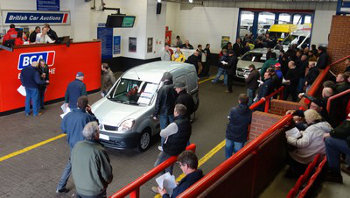 Choosing the specification on any new vehicle is always a case of finding a cost-effective balance between ‘need’ and ‘want’, but where commercial vehicles are concerned, cost constraints mean that buyers often restrict their options choices to ‘must have’.
Choosing the specification on any new vehicle is always a case of finding a cost-effective balance between ‘need’ and ‘want’, but where commercial vehicles are concerned, cost constraints mean that buyers often restrict their options choices to ‘must have’. ‘Chipping’ vehicles — or remapping their engine control units — is usually associated with improving performance, and generally has a slightly racy image.
‘Chipping’ vehicles — or remapping their engine control units — is usually associated with improving performance, and generally has a slightly racy image.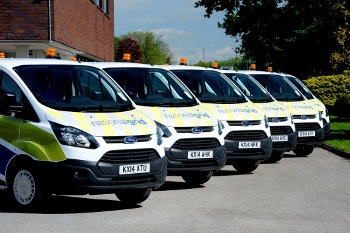 Ford has bagged a total of 15 awards for its new range of vans over the last 12 months, and was recently chosen as ‘Van Manufacturer of the Year 2014’ at the Van Fleet World Awards. The company’s critical success is translating into sales, too, as news of a 200-van delivery to National Grid confirms.
Ford has bagged a total of 15 awards for its new range of vans over the last 12 months, and was recently chosen as ‘Van Manufacturer of the Year 2014’ at the Van Fleet World Awards. The company’s critical success is translating into sales, too, as news of a 200-van delivery to National Grid confirms.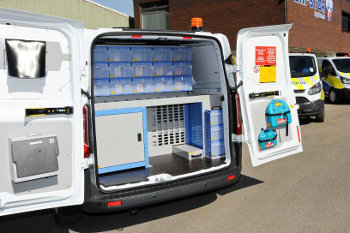
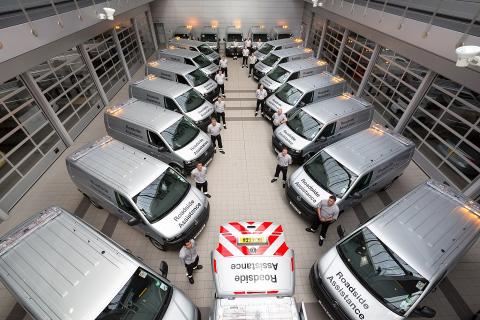
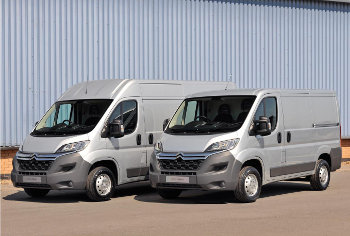
 A major repeat order for new Citroën vans has recently been signed by the Scottish Society for the Prevention of Cruelty to Animals (Scottish SPCA), to support their vital rescue and animal protection work.
A major repeat order for new Citroën vans has recently been signed by the Scottish Society for the Prevention of Cruelty to Animals (Scottish SPCA), to support their vital rescue and animal protection work.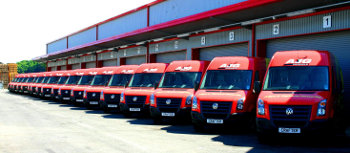 Scotland’s ‘Highland and Islands’ courier specialist, AJG Parcels Ltd, has inked a deal with Volkswagen to take delivery of 30 new Crafter vans, replacing 25% of its current fleet.
Scotland’s ‘Highland and Islands’ courier specialist, AJG Parcels Ltd, has inked a deal with Volkswagen to take delivery of 30 new Crafter vans, replacing 25% of its current fleet.